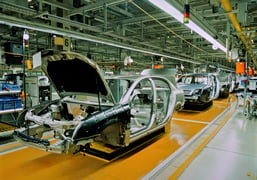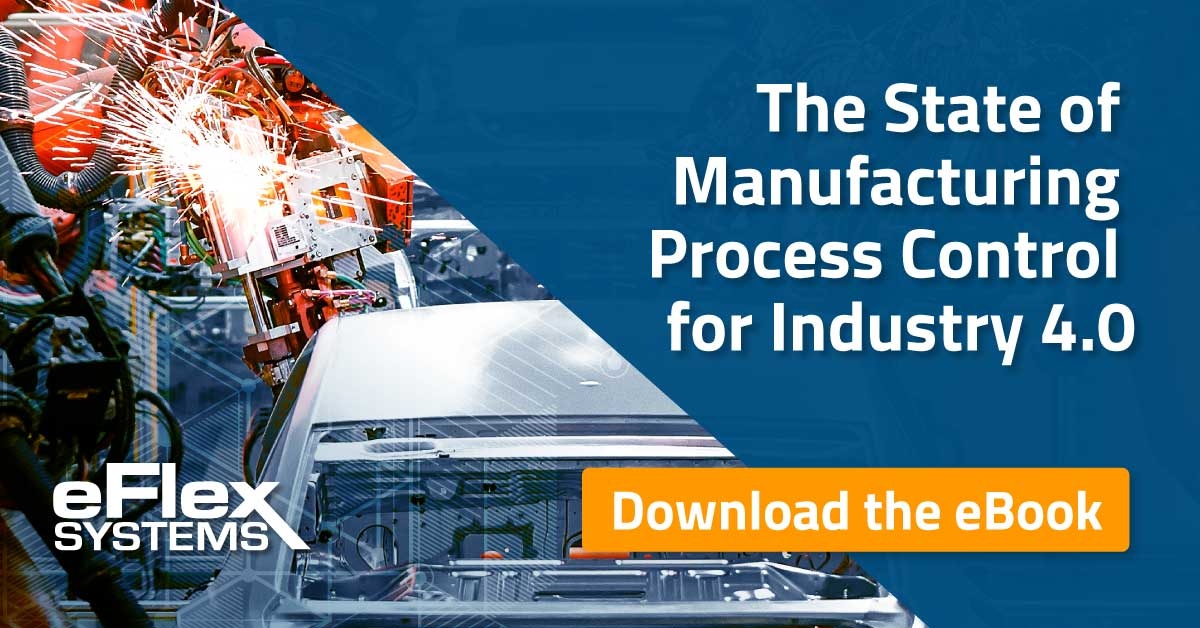In Sequence
by Dan McKiernan, on Apr 16, 2019 9:50:41 AM
 Over the course of history, manufacturing environments have become cleaner, safer and more sophisticated. New tools and technologies have led to breakthroughs in consistency, quality, productivity and efficiency.
Over the course of history, manufacturing environments have become cleaner, safer and more sophisticated. New tools and technologies have led to breakthroughs in consistency, quality, productivity and efficiency.
In recent years, however, a new generation of systems have woven a series of technological breakthroughs together into Manufacturing Integrated Platforms (MIP). The best of these MIP solutions delivers digital work instructions with unprecedented visibility, flexibility and streamlined utility.
But perhaps the single most important benefit of these exciting new systems is something that every manufacturer strives for, but has been elusive or imperfect for far too long: control. Specifically, they provide manufacturing professionals with a previously unimaginable level of granular control over systems and processes.
This new sequence control capability is achieved through a combination of:
- Built-in functionality and procedural safeguards
- Precision monitoring and connectivity
- Real-time feedback and transparency
- Immediate flexibility
Tool time
The very best MIP solutions allow manufacturers to seamlessly connect to a virtually unlimited range of compatible devices and smart tools, from fasteners, gauges and torque tools, to cameras, sensors, and augmented reality systems. The level of precise monitoring and guidance that those tools afford is a game-changer when it comes to monitoring and guiding manufacturing processes. And because the best systems make connecting and configuring devices and processes an easy and efficient process, manufacturers can painlessly and expeditiously reconfigure to optimize line and load rebalancing, refine processes, and enhance resource management.
From A to Z
The newfound monitoring and guidance that those tools and technologies provide makes it possible to implement critical sequence-control features like no-faults-forward functionality. Systems and software can be designed in a way that ensures that the right parts and pieces are picked, the correct processes are followed, and that finished parts and products are assembled correctly (and with the specified degree of precision). For all intents and purposes, this allows manufacturers to functionally error-proof in-station assembly processes.
Data power
Data has long been a critical resource for manufacturers. With the advent of powerful new MIP systems, however, the retrospective insights gleaned from data have become something very different: a real-time resource that can facilitate superior control capabilities. By collecting extraordinarily detailed and granular process data and presenting that data in an easily digestible format on customizable dashboards, the most powerful systems allow manufacturing professionals to not only monitor processes, but to easily identify and speedily resolve any issues. Reporting can be specifically geared towards process control and defining inefficiencies and bottlenecks which presents data down the task level—making it possible to identify variances by task process and zero in on inefficiencies in just seconds. It’s a new level of transparency and real-time detail that subsequently yields precise, actionable, and usable information—when and where it is needed.
Under control
None of that data would be particularly valuable if it couldn’t be used to actually make changes. But that’s exactly what the best MIP solutions allow manufacturers to do. Because such systems are not an add-on or a peripheral piece of software: they are a functional replacement for almost all of the existing layers of the traditional automation stack, allowing manufacturers to get all of the capabilities of HMIs, PLCs, SCADA and most MES systems. Formerly independent pieces of the manufacturing control puzzle are replaced by a single, unified solution. The result is system architecture that changes the way information is collected, managed and utilized. A series of formerly disparate or loosely connected workstations or assembly bays now operates as seamless, coordinated and interconnected network—with a two-way flow of information that facilitates the kind of refined, precise and near-immediate sequence control that manufacturers have long dreamed of. Digital work instructions can be edited and implemented quite literally with the push of a button—populating across the entire manufacturing floor.
The bottom line is that the best of these new MIP solutions deliver a new level of plant floor control, visibility and error-proofing. They make it easier than ever before to configure and manage manufacturing environments, standardize work instructions and process control, and monitor and enforce quality standards to ensure that products and processes are done right—each and every time. The result is the holy grail of manufacturers: real-time optimization and precise process and sequence control that extends across the entire production floor and throughout the enterprise.
